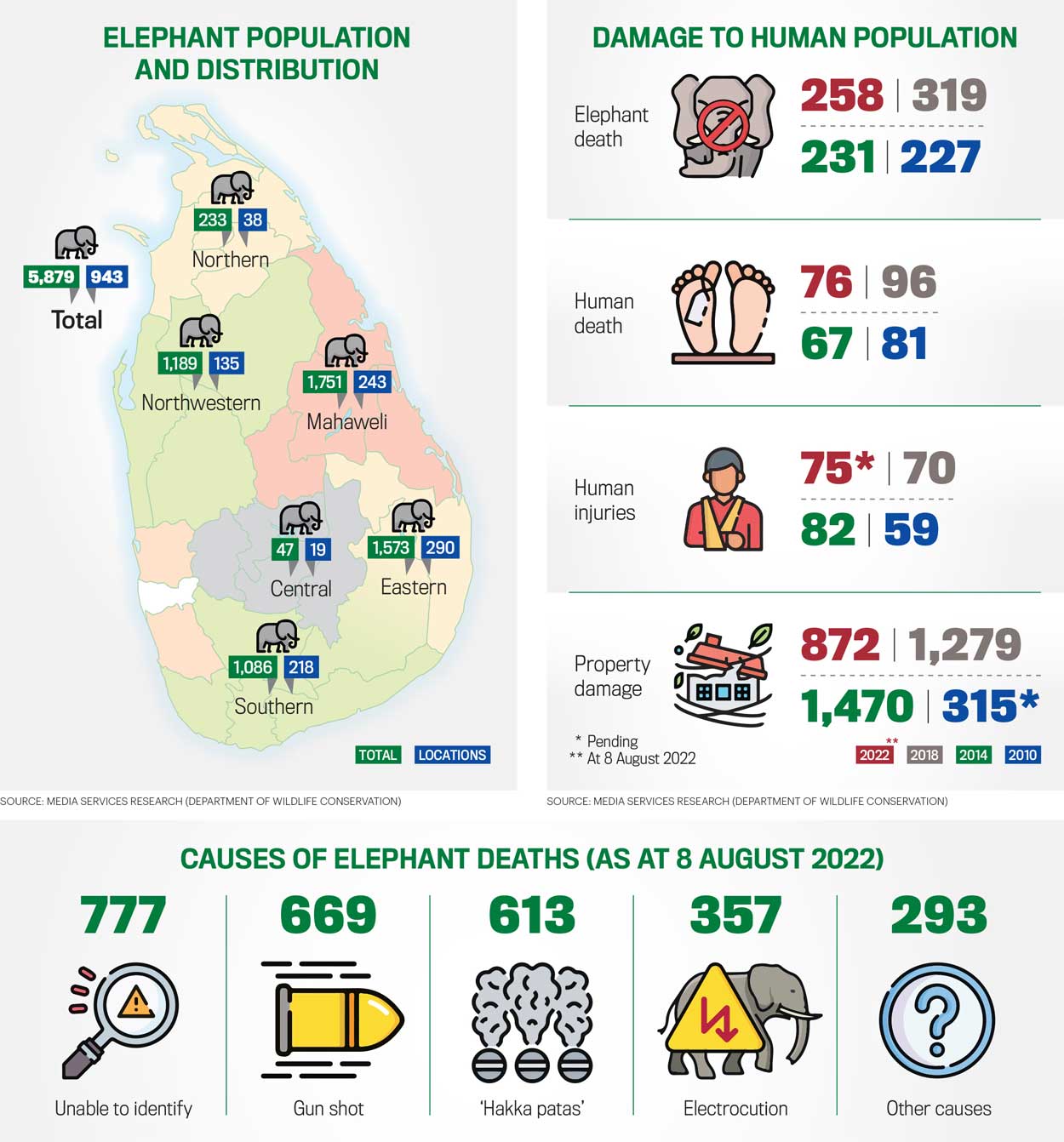Manil Jayesinghe
Country Managing Partner
Ernst & Young Investment Consultants

Ernst & Young Investment Consultants
Public sector debt
To assess whether a reduction from 110 percent to 100 percent of GDP is possible, we need to first look at what our public sector debt is used for. According to revised estimates in the 2022 interim budget, debt is used for ever increasing public expenditure, which consists primarily of interest payments on debt, salaries and pensions, and subsidies.
If debt is to be reduced by such a percentage, one of two things should happen: either public expenditure should reduce substantially so that future borrowings can be reduced to meet this target; or government income should increase substantially so that the expenditure could be funded by such income – and existing debt can be settled.
Alternatively, a combination of both should take place – i.e. a moderate reduction in expenditure and a moderate increase in income.
Based on the interim budget, the expected income has been revised below the original estimate for the year and budgeted expenditure has been increased substantially compared to the original expenditure for the year.
In this context it’s difficult to believe that public sector debt can be reduced in the medium term as such a target requires robust steps to be taken immediately to bridge the gap between income and expenditure.
Tax registration
The proposal to register residents over 18 years has been introduced to increase government revenue. However, we need to assess how many 18-year-olds have any income at all – the point being that revenue can easily be increased by applying the existing law to those who have income.
Registering every person above 18 for tax does not mean it’ll result in increased income. It will however, definitely lead to an increase in administrative costs to register and maintain so many files.
The government should look at applying existing laws to assess whether each and every person who has income is paying the appropriate amount of tax.
Assessing a person’s income is not difficult. Basic auditing techniques – and an analysis of straightforward information such as bank deposits, large transactions, real estate ownership, vehicle registrations, credit card spending, loans, foreign travel, supermarket expenses, salary, interest and dividend income could be some effective areas to commence an audit to assess if those who have income are filing a return, and paying their taxes dues.
Information on all of the above is easily accessible to the revenue officials. To assist with compliance, those entering into any of the above transactions could be required to file a return and obtain tax clearance to ensure they have paid the appropriate taxes.
For example, prior to acquiring a vehicle or property, travelling abroad or obtaining a credit card, a person could be required to open a tax file and receive clearance. In this way, we could first target those who have income – rather than all and sundry.
It’s important to also focus on nonresidents as the budget proposal only refers to residents being registered. There are many nonresidents who earn income in Sri Lanka that’s taxable in accordance with existing laws who aren’t being taxed. To ensure that this is monitored, work visas should only be issued and renewed if a tax file is also opened, and tax clearance obtained.
Tax evasion
Unfortunately, there were no progressive proposals in the interim budget to address tax evasion and this reflects the lack of attention to this area. Based on tax revenue to GDP and the number of those paying taxes it’s evident that a large part of the income earning population isn’t paying their fair share.
This has resulted in tax rates increasing to compensate for the taxes unpaid by evaders and their advisors. As such, it’s imperative that appropriate proposals are introduced in consultation with professionals and revenue officials to consider the most appropriate methods to be used to deter tax evasion.
Robust training of revenue officials in audit techniques and access to data of other institutions, as well as analytical tools and technology, should be used to maximise tax collections. In terms of revenue collection, one could argue that this is the lowest hanging fruit as the money is already in the hands of the evader, which only needs to be taxed.
Strengthening the investigations unit of the revenue authority, and providing appropriate key performance indicators linked to incentives to tax officers, could help motivate taxing evaders and increase revenue.
Stronger implementation of penal provisions to fine tax evaders and take necessary legal action against them could be publicised and implemented to deter tax evasion – including aiding and abetting evasion, by employees and advisors.
In this way, a more compliant tax paying nation could be encouraged. But one needs to be careful in implementing these measures as they should not be used as tools to harass taxpayers who are compliant.
It’s difficult to believe that public sector debt can be reduced in the medium term




